The wine world can be a confusing place, especially when reputation and marketing muscle overshadow the actual liquid in the bottle. While every wine region has its standout producers and exceptional vintages, some areas have built reputations that far exceed what they consistently deliver to your glass. Whether it’s astronomical pricing that doesn’t match quality, tourism hype that’s dulled the focus on winemaking, or simply regions riding on past glory while others innovate — these spots might leave your wallet lighter and your palate disappointed.
Smart wine lovers know that the most prestigious label doesn’t always mean the best drinking experience. Often, the most rewarding discoveries come from lesser-known regions where passionate winemakers focus on craft over marketing campaigns. Here is a list of 19 wine regions where the hype may be getting ahead of the reality, along with better alternatives that deliver more bang for your buck.
Napa Valley cult Cabernets
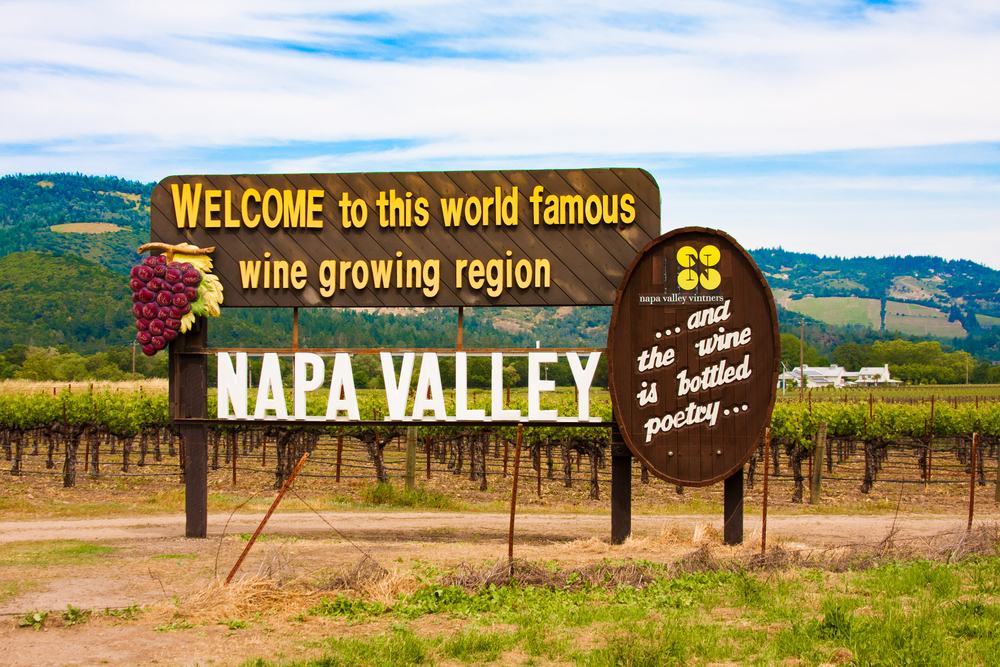
Napa Valley has become synonymous with sky-high prices, yet sometimes you’re paying more for the name than what’s in the bottle. The economics of winemaking in Napa mean some of the most expensive wines in the world to produce, crafted by some of the highest-paid celebrity winemakers. These cult-style Cabernets have skyrocketed beyond the best Bordeaux for wines that frankly don’t age well and don’t appreciate in value. When a basic Napa Cab costs more than excellent Bordeaux from historic estates, something’s clearly out of whack.
Burgundy grand crus
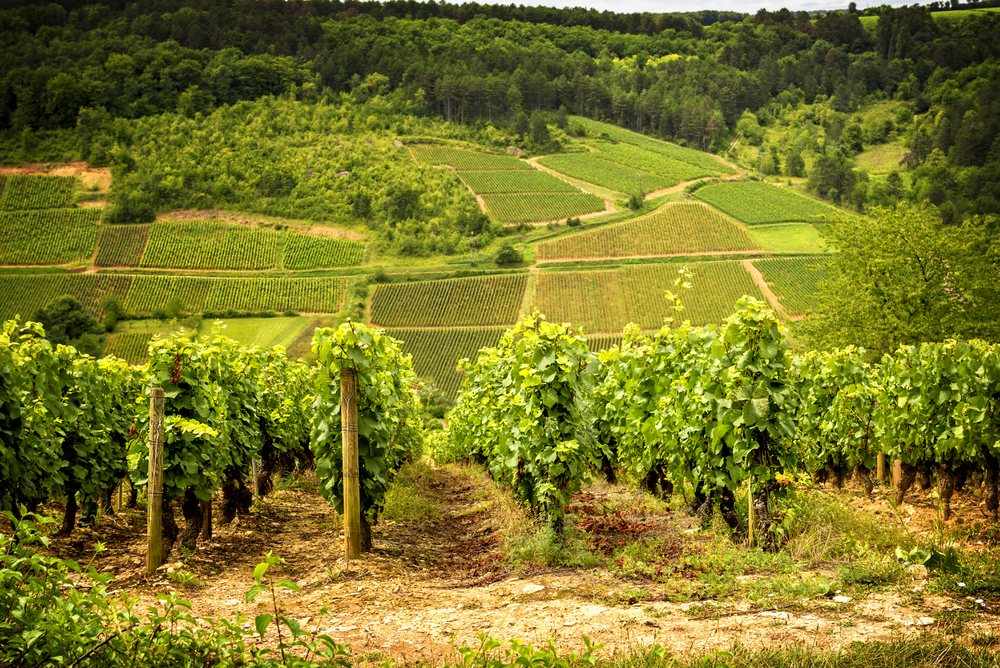
Red Burgundy has become an unfortunate case study for how disconnected one can get from the cost of a wine versus what’s actually in the bottle. It’s entirely possible to pay top dollar for Burgundy and get a bottle that’s frankly ‘meh,’ especially if you consider the price-quality ratio. Prices may fluctuate year to year, but the overall trajectory has been unmistakably upward despite quality not always following suit. The mystique of tiny vineyard plots has created a speculative market that often ignores what’s actually drinkable.
Champagne prestige cuvées
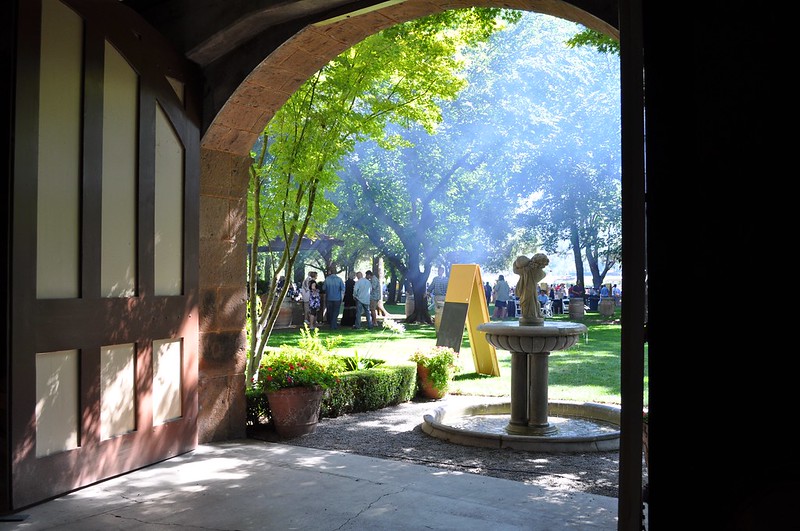
Krug’s two single-vineyard champagnes cost many multiples of their multi-vintage blend — about £800 and £2,000 a bottle respectively. Big Champagne houses rely mostly on marketing rather than controlling the entirety of the process. The real issue isn’t that these wines are bad — they’re often excellent — but the pricing has become completely divorced from reality. If you’re gonna drink bubbles, look for smaller independent Champagne winemakers instead who focus on craft over celebrity endorsements.
Sancerre
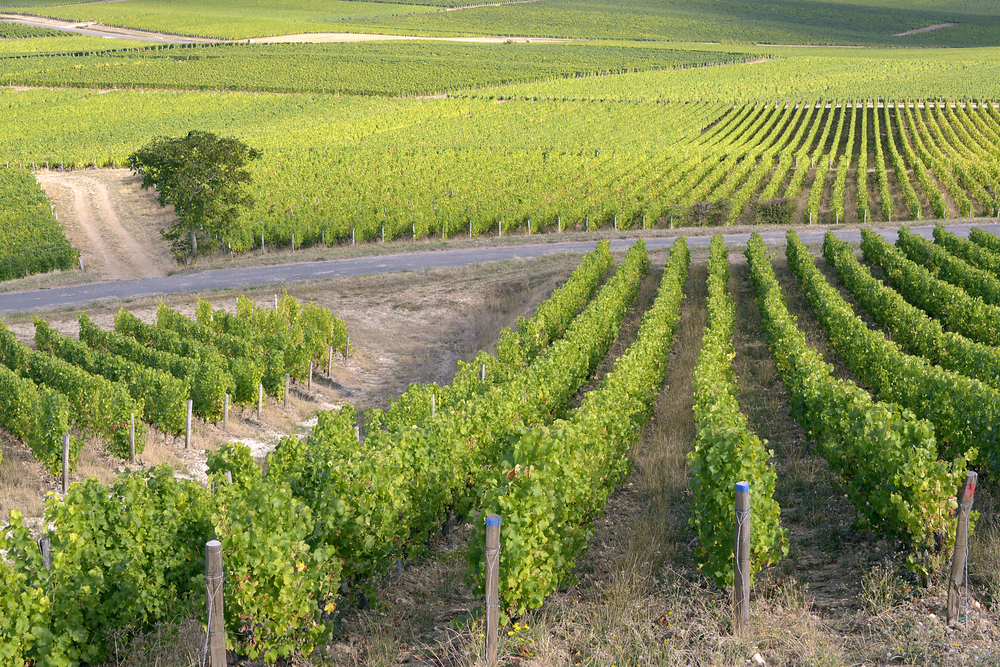
Sancerre is far and away the most overrated wine order, with the majority of farming and wine in general in Sancerre being very poor. There are plenty of Loire Valley whites that do not carry the Sancerre AOP which are equally enjoyable, and display great regional terroir, without the heavy price tag. While the quality of Sancerre is undeniably high, the steep price tag may leave many wine lovers searching for alternatives. The marketing machine has turned this region into the default “fancy Sauvignon Blanc” choice when better options exist right next door.
New Zealand Marlborough
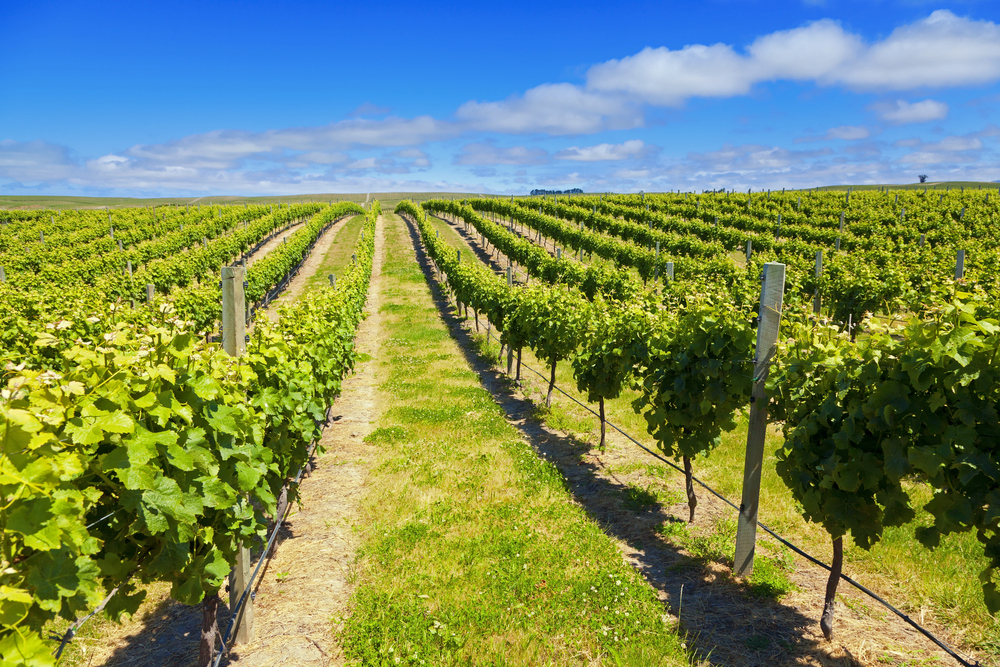
New Zealand Sauvignon Blanc wines of low-to-mediocre quality taste like candied grapefruit and can sometimes exhibit cat-pee-like aromas with a bit of hay and grass. The flavors are so intense they completely take over any food pairing attempts. What started as an exciting new style has devolved into a formula that prioritizes shock value over subtlety. Sauvignon Blanc from South America and even Greece can give way more bang for your buck with great flavors that are well integrated.
Provence rosé estates
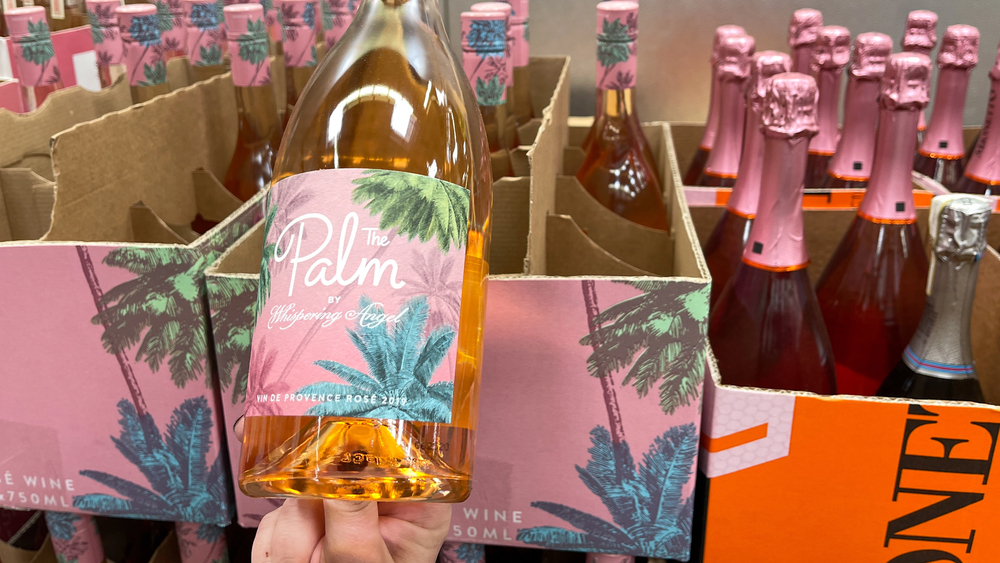
— Photo by Jshanebutt
Provence rosé started as a casual holiday lubricant but has sparked an unhealthy competition for who can make the most expensive example. The Whispering Angel brand’s success has created a gold rush mentality where every producer thinks they can charge premium prices for pink wine. Too many big companies are churning out laboratory rosé with no soul or sense of place and marketing it as a lifestyle brand. The focus has shifted from terroir to Instagram-friendly packaging.
Super Tuscans
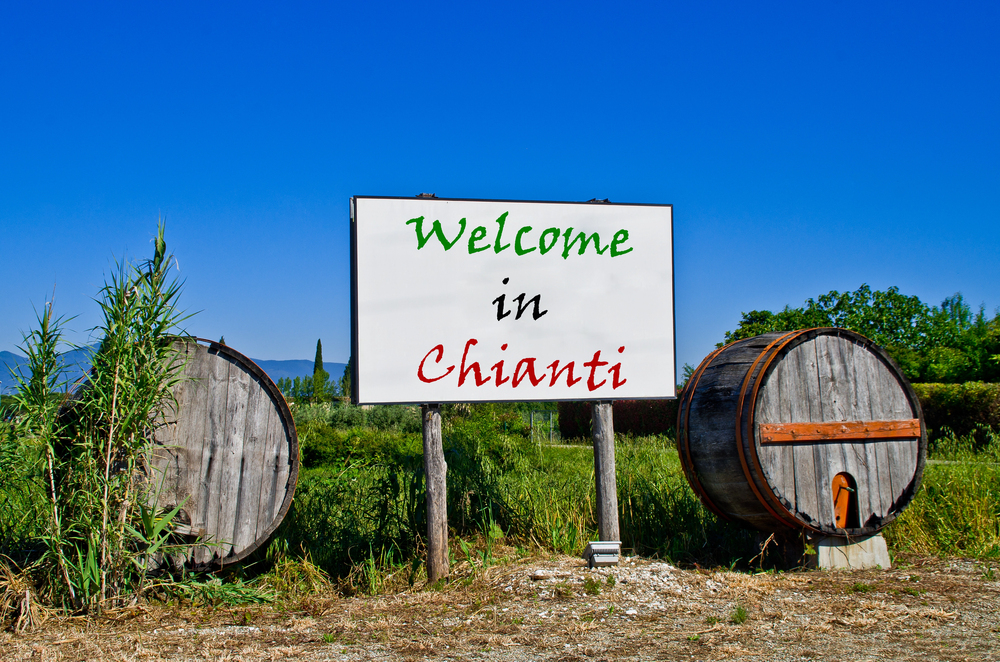
At most portfolio tastings with Italian wineries, their Super Tuscan is their 4th or 5th best wine. The use of international varietals isn’t needed in this region that already has some of the most noble wine regions — Chianti and Montalcino. These wines are essentially generic reds that could be from anywhere — there’s no clear terroir expression that distinguishes them from an Australian Cabernet-Shiraz blend. Even good ones are just generic reds from anywhere, making traditional Sangiovese-based wines a much better choice.
Barossa Valley

Australia’s most famous wine region has become a victim of its own success. The focus on blockbuster, high-alcohol Shiraz has created wines that prioritize power over elegance. Many producers have abandoned the region’s traditional style in favor of making wines that score well with critics but lack food-friendliness. The tourist crowds and corporate ownership have shifted priorities away from expressing the unique old-vine character that originally made this region special.
Rioja reservas
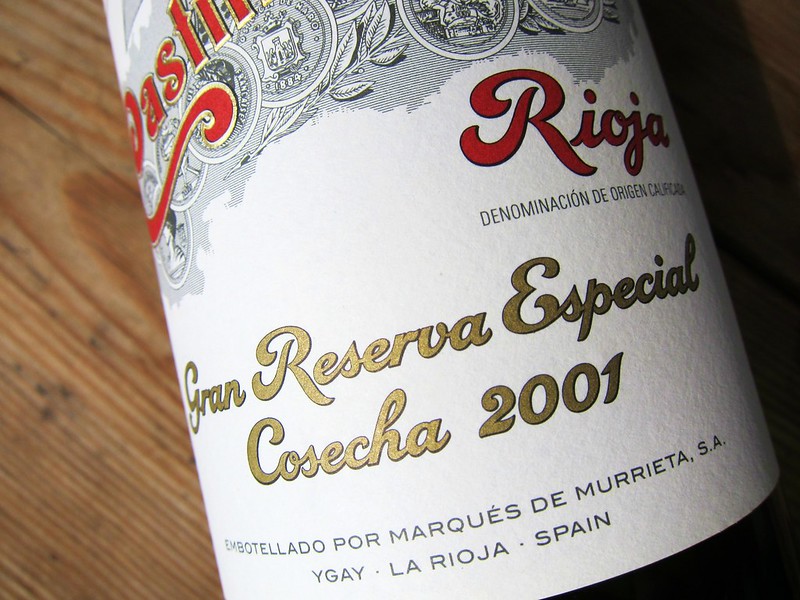
Spain’s most internationally recognized region has seen quality drift downward as production scales up to meet global demand. Many producers have moved away from traditional American oak aging in favor of cheaper alternatives, while marketing continues to trade on the region’s historic reputation. The classification system has become more about time spent in barrels than actual quality improvement, resulting in wines that cost more but deliver less character than they did decades ago.
Châteauneuf-du-Pape
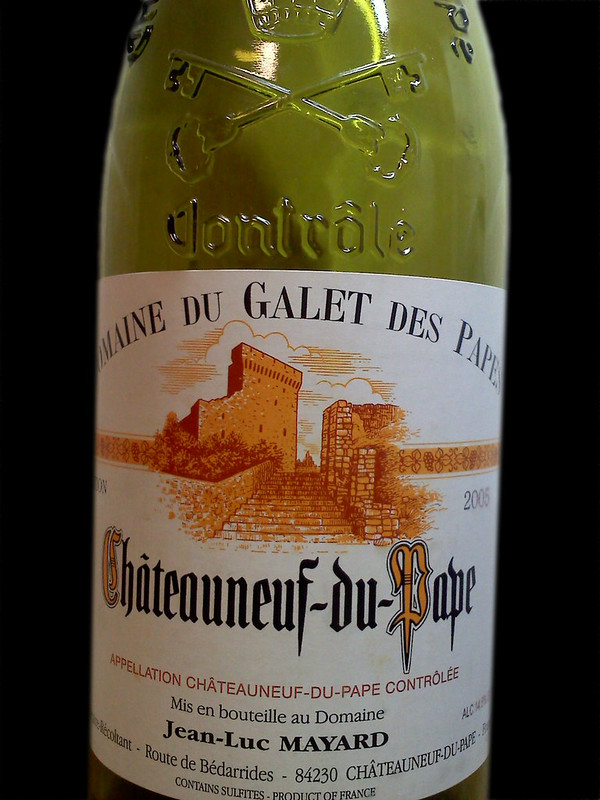
The southern Rhône’s most prestigious appellation has become a playground for producers making souped-up versions of wine that tends to be pretty souped-up in the first place, with alcohol levels way in excess of 15%. These wines exaggerate certain facets of the appellation rather than presenting balanced expressions of the region’s diverse terroirs and grape varieties. The focus on special cuvées has moved away from what made this region great — elegant, food-friendly blends that could age gracefully.
Mosel Kabinetts
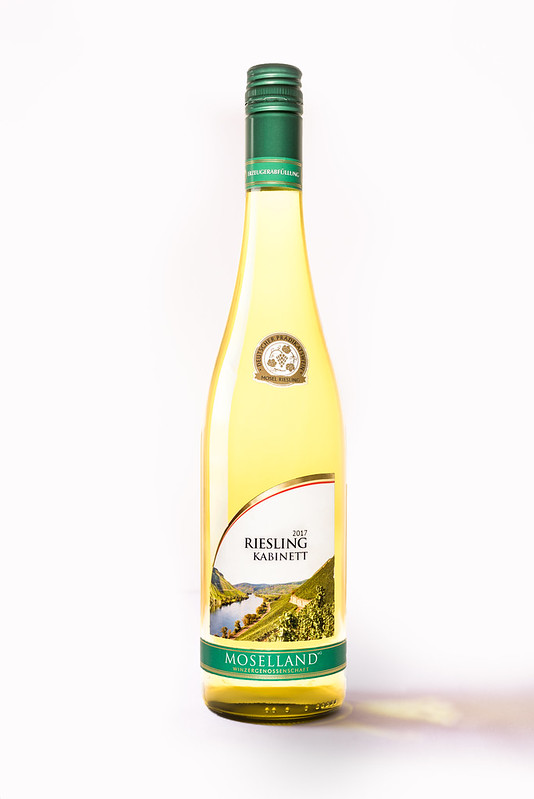
Germany’s most tourist-friendly wine region has seen quality become inconsistent as producers chase the sweet-wine market rather than focusing on the bone-dry, mineral-driven Rieslings that built the region’s reputation. The proliferation of cheap, off-dry wines labeled as “Kabinett” has confused consumers and diluted the brand. While great producers still exist, finding them requires navigating through an ocean of mediocre options trading on the region’s historic name.
Mendoza Malbec estates
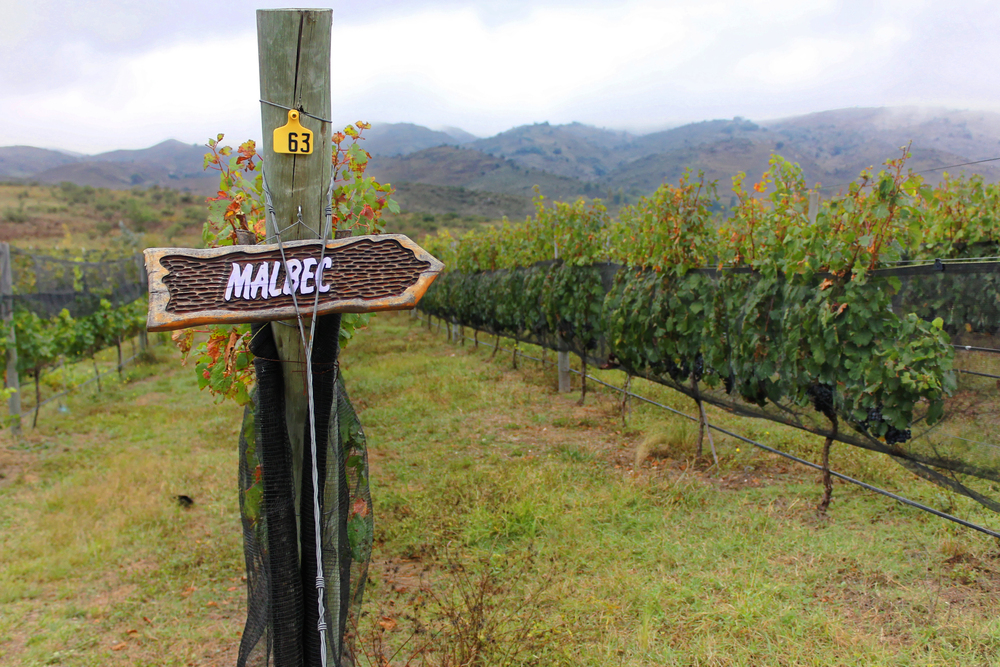
Argentina’s flagship region has become a victim of its own marketing success. What started as exceptional value has transformed into luxury pricing that doesn’t match quality improvements. There are some excellent $20 plus red blends coming out of Mendoza with very little US distribution, but it is the over-oaked, over-extracted very expensive wines that get most of the attention. The focus on high-altitude vineyard marketing has overshadowed the basic fact that many wines lack the complexity to justify their premium pricing.
Chablis premier cru
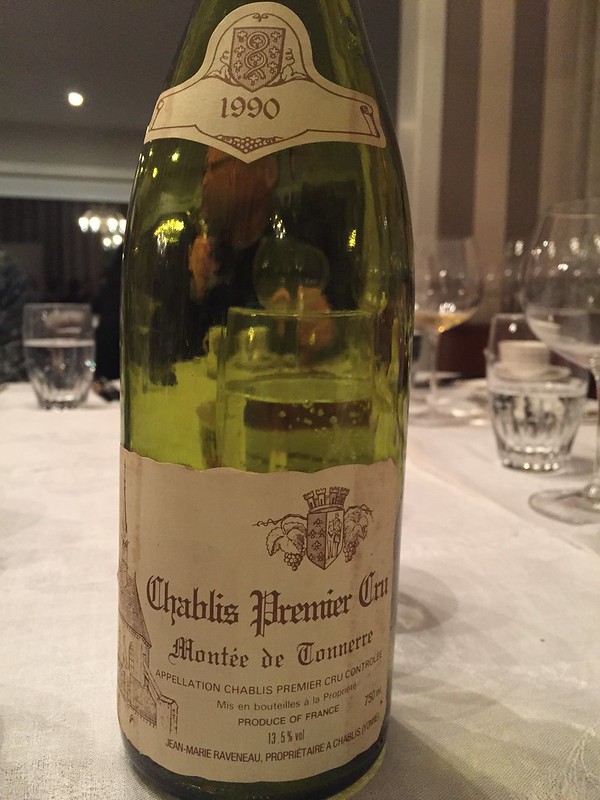
While the region is home to some of the most expensive wines in the known universe, there are plenty of good, affordable wines that can be found here too. However, the premier cru designations have become overpriced relative to quality differences. Many sites lack the mineral intensity that justifies the significant price jump over basic Chablis, yet command premium pricing based purely on classification. While a grand cru vineyard should be better than a premier cru site, this depends as much on the producer as it does on the overall site.
Paso Robles
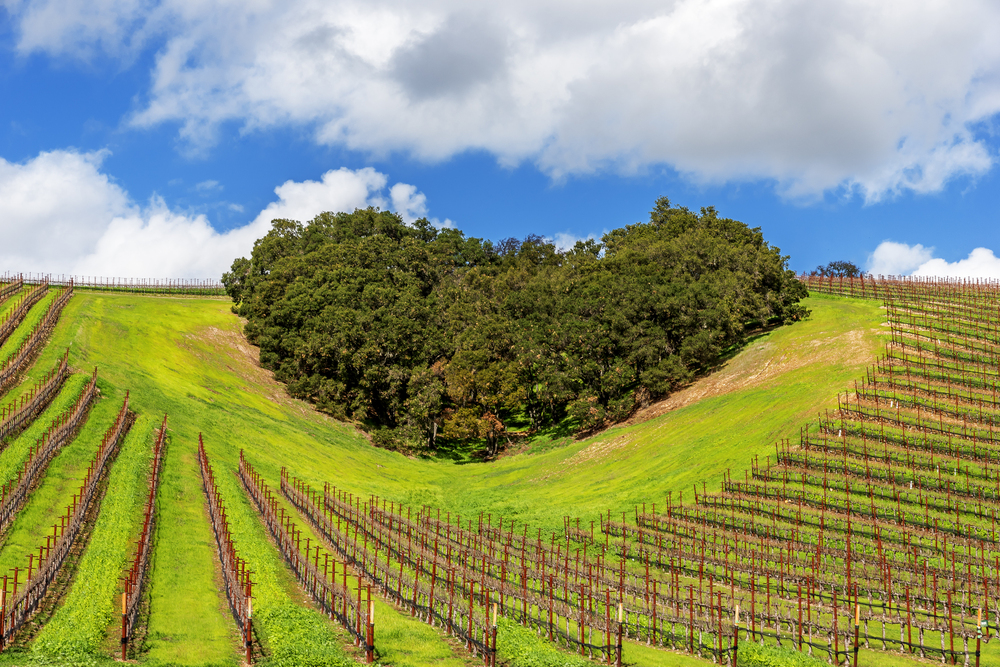
California’s Central Coast darling has been riding high on marketing buzz while quality remains wildly inconsistent. The region’s diverse microclimates should produce distinctive wines, yet many producers focus on high-alcohol, oak-heavy styles that obscure terroir differences. The rapid expansion of vineyards has led to grape sourcing from less suitable sites, while prices have climbed based more on hype than proven track records of age-worthy wines.
Bordeaux right bank satellites
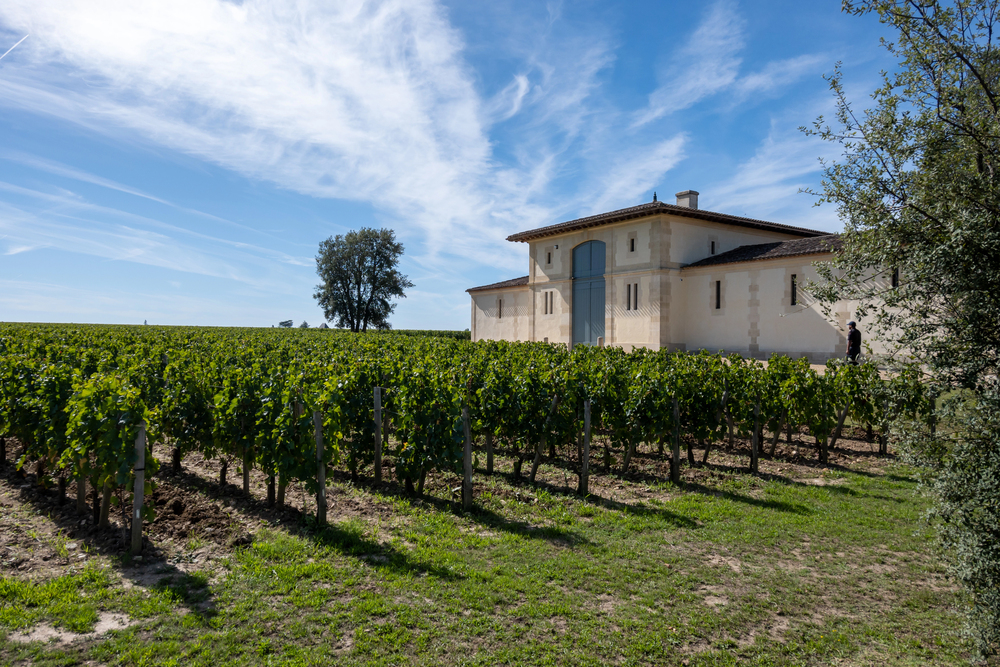
The satellite appellations around Saint-Émilion and Pomerol — including Montagne-Saint-Émilion and Lalande-de-Pomerol — trade heavily on their proximity to famous neighbors while delivering significantly less complexity. These wines often cost 70% of what the main appellations charge while providing maybe 40% of the quality and aging potential. Carruades de Lafite, the second wine of first growth Ch Lafite, fetches about £300 a bottle due to Chinese reverence for the Lafite name, four times what equally good wines from neighbouring vineyards do.
Central Otago Pinot Noir
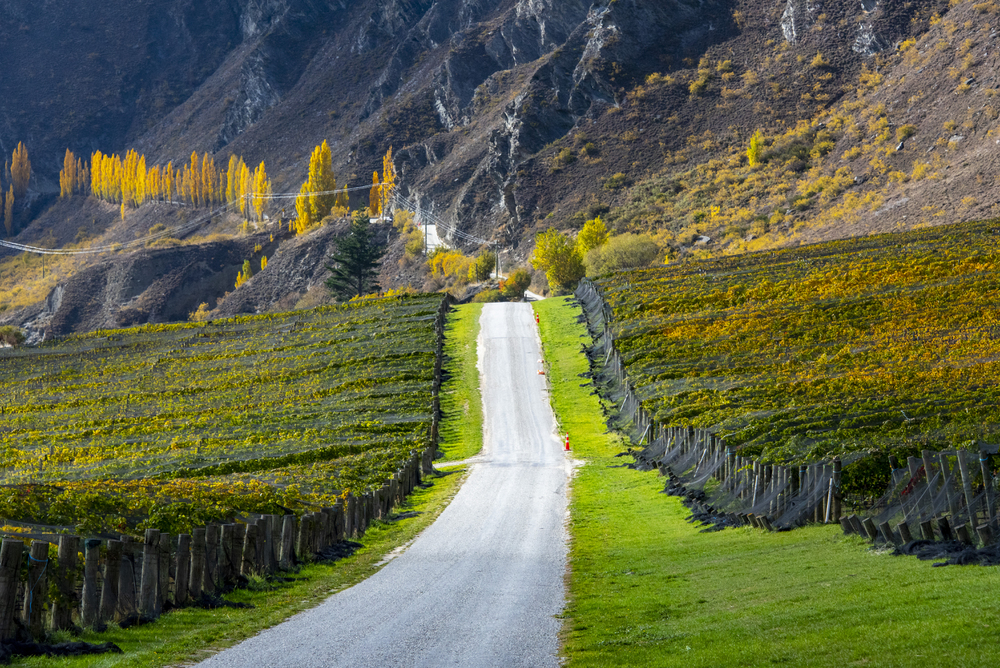
New Zealand’s most expensive wine region has developed a cult following based more on scarcity and marketing than consistent quality. The extreme climate variations make vintages wildly unpredictable, yet prices remain stubbornly high regardless of quality. Many producers focus on extracting maximum color and alcohol from grapes rather than expressing the region’s unique terroir, resulting in wines that taste more like Syrah than elegant Pinot Noir.
Priorat

Spain’s most expensive wine region built its reputation on powerful, mineral-driven reds from old vines planted on steep slate slopes. However, success has led many producers to abandon traditional styles in favor of modern, international approaches that could come from anywhere. The focus on critic-pleasing, high-alcohol wines has moved away from the food-friendly styles that originally put this region on the map — while prices have tripled.
Finger Lakes Riesling
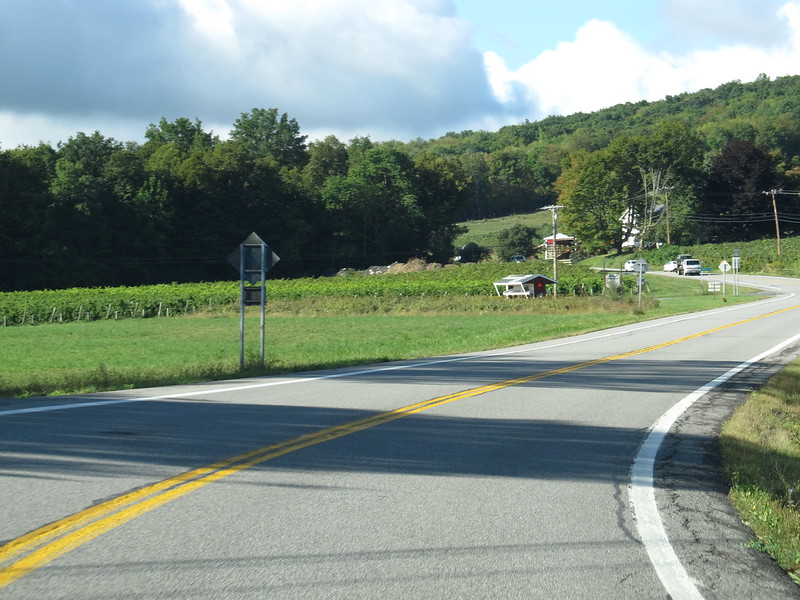
New York’s premier wine region has been coasting on early success with Riesling while many producers have shifted focus to less suitable grape varieties. The cool climate and lake effects create ideal conditions for Riesling, yet too many wineries chase tourist dollars with sweet, simple wines rather than developing the complex, age-worthy styles the region can produce. Pricing often reflects tourism demand rather than wine quality.
Willamette Valley
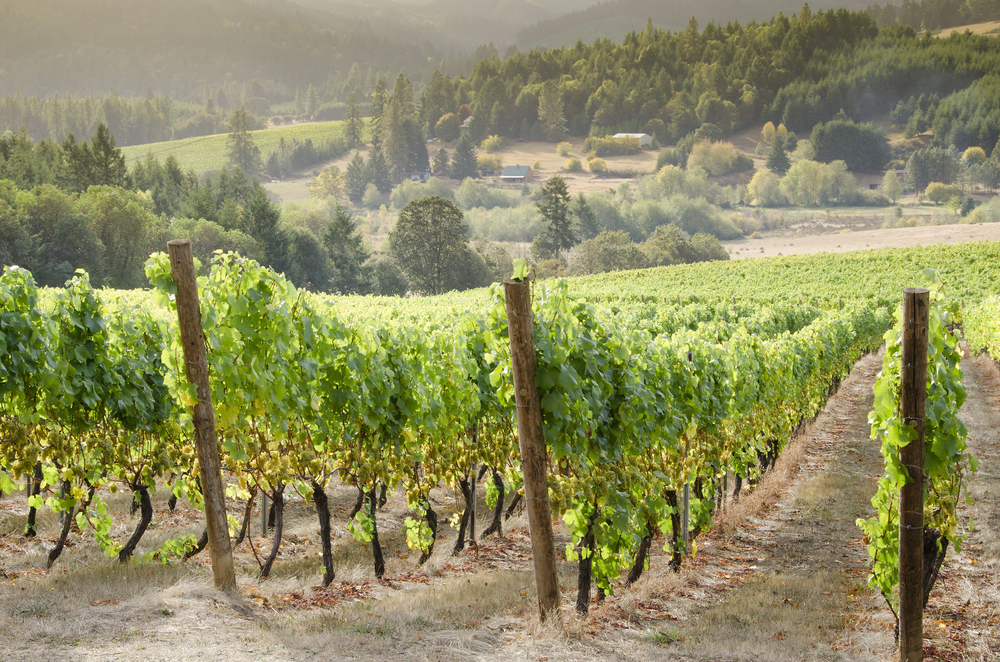
Oregon’s Pinot Noir paradise has seen quality become increasingly variable as vineyard expansion moves into less suitable sites. While the region’s top producers continue making exceptional wines, the rapid growth has created a two-tier system where many wines trade on the regional reputation without delivering the elegance and complexity that built it. People read that we have a nice wine program and expect to see a ton of Cabernet, but there’s a whole world of wine out there beyond pigeonholing yourself into drinking one thing.
Smart alternatives worth exploring
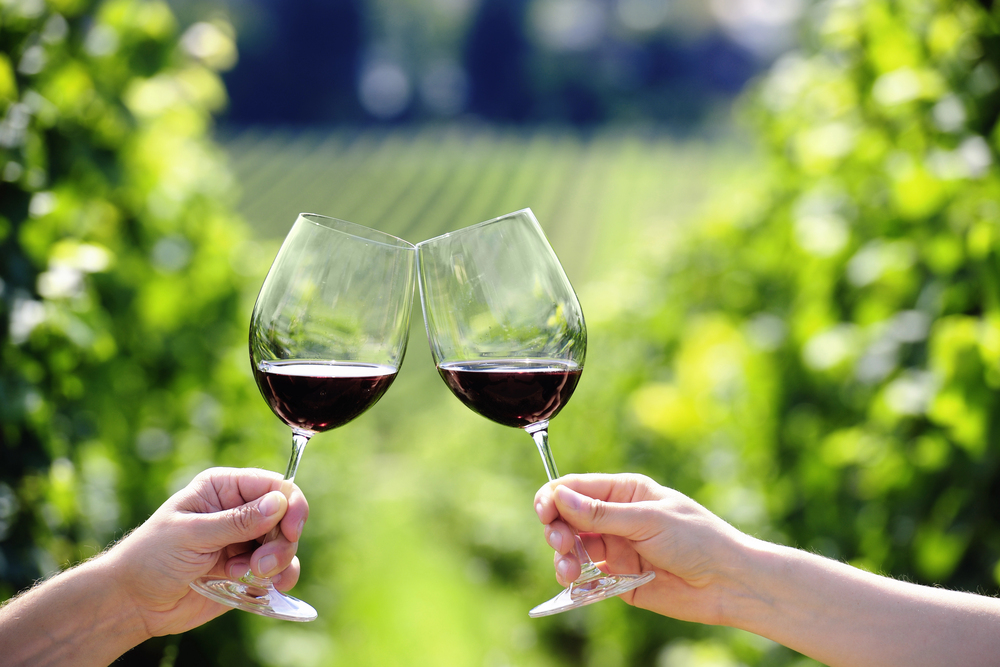
Instead of chasing overhyped regions, consider exploring areas where passionate winemakers focus on expressing terroir rather than building brands. Portugal’s Douro produces exceptional reds beyond Port. Austria’s Wachau delivers stunning Rieslings at reasonable prices. Chile’s coastal regions offer sophisticated Pinot Noirs. France’s Languedoc provides outstanding value in both reds and whites. These regions reward curious drinkers with authentic expressions of place — something that’s become increasingly rare in wine’s most famous appellations.
The best wine experiences often come from producers who prioritize craft over celebrity, terroir over tourism, and drinkability over ratings. While prestigious regions certainly produce exceptional wines, the smartest approach is focusing on producers and specific bottles rather than letting regional reputations make decisions for you. Your palate — and your wallet — will thank you for looking beyond the hype.
More from Travel Pug

- 20 Best Beach Towns in the Carolinas
- 13 Destinations Where Tourists Regularly Regret Their Trip
- 20 Things You Actually Get in First Class
- 20 Small Airports With Aviation Museums
- 20 Places in the U.S. That Are Perfect for a Reset Trip
Like Travel Pug’s content? Follow us on MSN.
